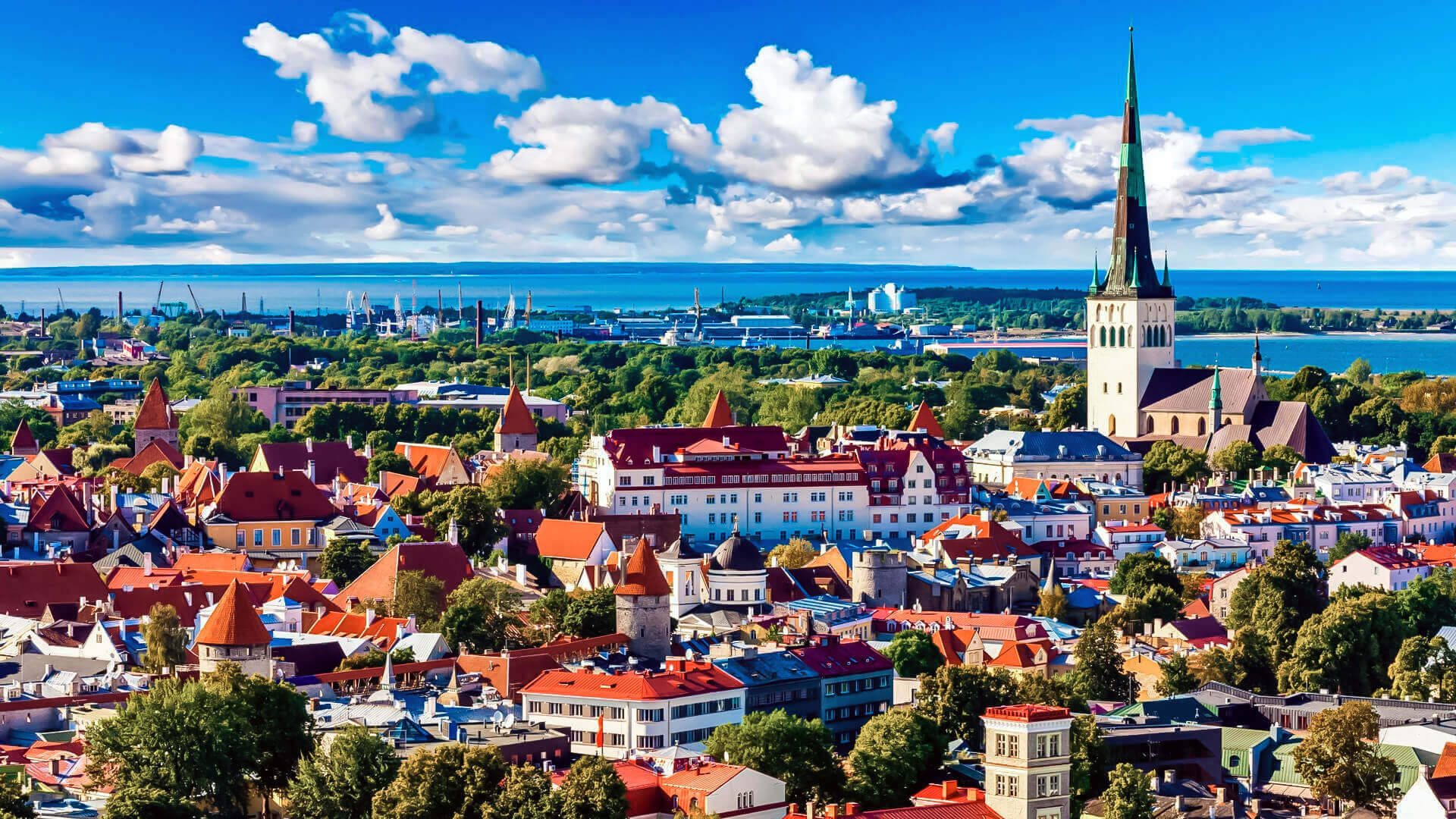[lwptoc]Estonia, formally the Republic of Estonia (Estonian: Eesti Vabariik), is a nation in Northern Europe’s Baltic area. It is bounded on the north by the Gulf of Finland, on the west by the Baltic Sea, on the south by Latvia (343 kilometers), and on the east by Lake Peipus and Russia (338.6 km). Sweden is to the west of the Baltic Sea, while Finland is to the north. Estonia’s landmass consists of a mainland and 2,222 islands and islets in the Baltic Sea, with a total land area of 45,339 km2 (17,505 sq mi) with a humid continental climate.
Estonia has been inhabited since at least 6500 BCE, with Finno-Ugric speakers — the linguistic forebears of contemporary Estonians – coming as recently as 1800 BCE. Following centuries of Teutonic, Danish, Swedish, and Russian domination, Estonians underwent a national awakening, culminating in independence from the Russian Empire towards the conclusion of World War I. During WWII, Estonia was invaded by the Soviet Union in 1940, then by Nazi Germany a year later, and taken by the Soviets again in 1944, when it was reconstructed as the Estonian Soviet Socialist Republic. The Estonian SSR published the Estonian Sovereignty Declaration in defiance of Soviet authority in 1988, during the Singing Revolution, and independence was restored on the night of August 20, 1991, during the Soviet attempted coup.
Tallinn, the capital and biggest city of modern Estonia, is a democratic parliamentary republic split into fifteen counties. It is one of the least populated member nations of the European Union, Eurozone, North Atlantic Treaty Organization (NATO), OECD, and Schengen Area, with a population of 1.3 million.
Estonians are a Finnic people with strong cultural connections to their northern neighbor, Finland, and Estonian, the official language, is a Finno-Ugric language closely related to Finnish and the Sami languages, as well as distantly to Hungarian.
Estonia is a developed nation with a sophisticated, high-income economy that is one of the EU’s fastest expanding. It has a high Human Development Index and scores well on measures of economic freedom, civil rights, education, and press freedom (3rd in the world in 2012 and 2007). Estonians have universal health care, free education, and the world’s longest paid maternity leave of any OECD nation. Since its independence, the nation has quickly expanded its information technology industry, becoming one of the world’s most technologically sophisticated civilizations. Estonia was the first country to conduct elections via the Internet in 2005, and the first to provide E-residency in 2014.
Estonia is a Baltic jewel that offers tourists the opportunity to view a small dynamic country on the Baltic Sea’s coasts. Although the swimming season is brief, the coastline is dotted with beautiful beaches. After all, the Baltics are not known for their pleasant weather, which every tourist to Estonia should be aware of; the summer is brief and the winter is harsh.
Tallinn’s medieval old town was constructed by the Germans during the Middle Ages and is in excellent shape, with the medieval city walls and towers nearly entirely intact, ranking as one of Europe’s finest medieval old cities. Visitors may also see an ex-Soviet occupied nation that is now a member of the European Union. Traces of the Soviet period may still be observed, for example, Paldiski, an abandoned Soviet army camp that was previously off-limits to Estonians, can be readily visited on a day trip from Tallinn. Estonia is well-known for its idyllic islands and vast bogs, which have been turned into national parks with easy access for visitors.


